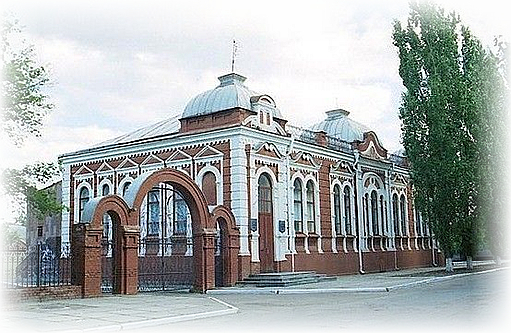From the second through the fifth years, I lived in Huliaipole (Гуляйполе = "walk-about field") is a city in Zaporizhzhia Oblast, Ukraine, in the Gaichur river valley ("free steppe" in Turkic). It was established in the 1770s. It has a population of about 13K. Later, I lived and studied in much larger Zaporizhzhia city.
 Before the annexation of the Crimean Khanate by the Russian Empire, this area was mostly settled by the Zaporozhian Cossacks and the nomadic Lesser Nogai Horde. Zaporozhian Sich was dissolved, and the locals either fled or were brought into serfdom. In 19th sentury, Huliaipole was transformed into a commercial and industrial town with more than 50 trading companies, factories of agricultural machinery, brick and tile, steam and oil mills, distilleries and breweries, and many shops and warehouses.
Before the annexation of the Crimean Khanate by the Russian Empire, this area was mostly settled by the Zaporozhian Cossacks and the nomadic Lesser Nogai Horde. Zaporozhian Sich was dissolved, and the locals either fled or were brought into serfdom. In 19th sentury, Huliaipole was transformed into a commercial and industrial town with more than 50 trading companies, factories of agricultural machinery, brick and tile, steam and oil mills, distilleries and breweries, and many shops and warehouses.
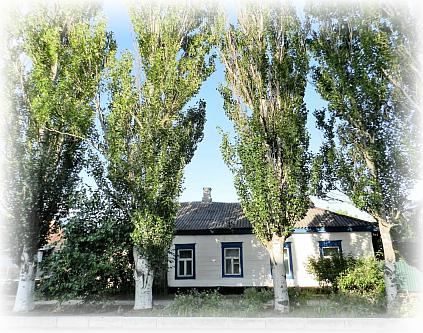
After World War I, the town went through Russian Civil War and Ukrainian War of Independence and changed hands 16 times (Austro-Hungarians, Red Army, Ukrainian People's Republic, Hetmanate, Denikin's White Army, Makhnovist Black Army, etc.) and became known as the capital of the Free Territory, the center of the Partisan movement in Ukraine, 1918–22. Its leader, a Ukrainian anarchist Nestor Makhno was born in Huliaipole, as well as my father. Makhno commanded a force of 40K and controlled about a third of Ukraine. He said about Bolshevik government: It has laid its hands on all the wealth of the country and disposes of it as if it were government property. The Party bureaucracy, once more hanging a privileged upper class around our necks, tyrannises the people…
During 1918 numerous peasant revolts broke out against the German occupational authorities and the Hetman government in Ukraine. The peasants reacted with violence to forced food requisitions and the return of estates to their former owners. - Canadian Institute of Ukrainian Studies (CIUS)
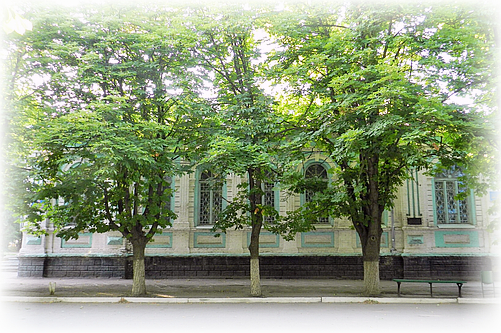 Some operations against the Hetman were instigated by Bolshevik agitators, but they failed to attract wide support, and after the defeat of the Ukrainian National Republic, the partisan movement became the main opponent of Bolsheviks. In Spring of 1919, there were over 300 anti-Bolshevik revolts.
Some operations against the Hetman were instigated by Bolshevik agitators, but they failed to attract wide support, and after the defeat of the Ukrainian National Republic, the partisan movement became the main opponent of Bolsheviks. In Spring of 1919, there were over 300 anti-Bolshevik revolts.
During the industrialization of the 1930s, Huliaipole gained city status. More than 100 residents died during the Holodomor. In 1941 - 1943, it was occupied by the Wehrmacht and liberated by the Soviet troops.
These are some places in Huliaipole of my childhood.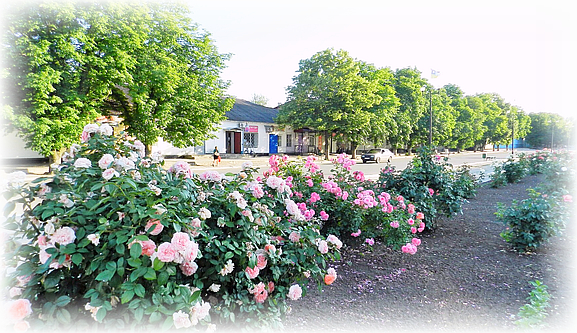
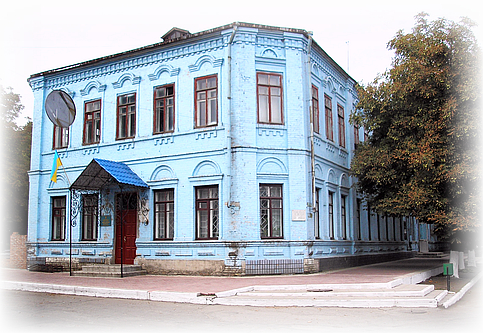
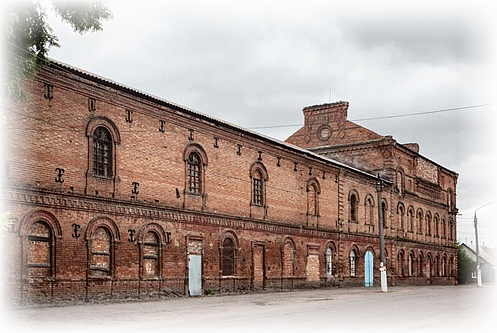
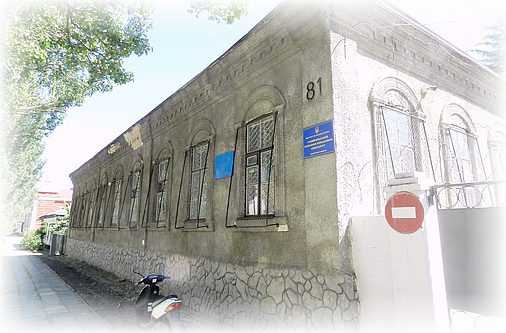
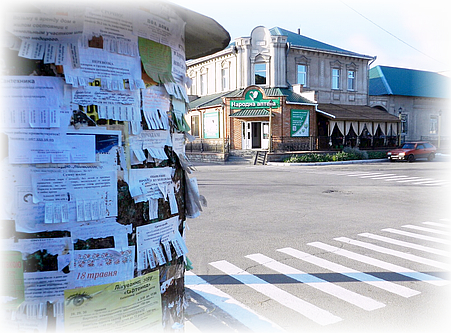
Ne neibouring Zaporizhzhia (Запоріжжя, Запорожье, means "beyond the rapids") is a large city in south-eastern Ukraine on the banks of river Dnipro (Dnepr), with a population over 700 thousands. The city is an important industrial center and is known for its island of Khortytsia and Dnieper Hydroelectric Station.
Two-three thousands years ago, ancient nomadic people Scythians lived there. Later, Khazars, Pechenegs, Kuman, Tatars, and Slavs. These territories, "Wild Fields", were not under the control of any state. In 1552 a fortifications was built, and in 1770, a fortress to protect from Crimean Tatar invasions. In 1789-1914, Mennonites from Prussia owned the territory. It was a part of Ottoman Empire, then Russian Empire, and of Soviet Union after the civil war, inside of one of the 15 republics, Ukraine.
In 1941, the industrial equipment of the city was evacuated to Siberia, the hydroelectric dam was blown by the Red Army, which flooded and killed tens of thousands of locals, all political prisoners were shot, and the 1st Panzergruppe seized the island. The occupation of the city lasted over 2 years. Nazis shot over 35,000 people, and sent 58,000 to Germany as forced labor. The Soviet army demolished what they could, and then the retreating Germans destroyed the steel plant, railway bridge, and the rebuilt dam. The remaining parts of the city were liberated in 1944.
